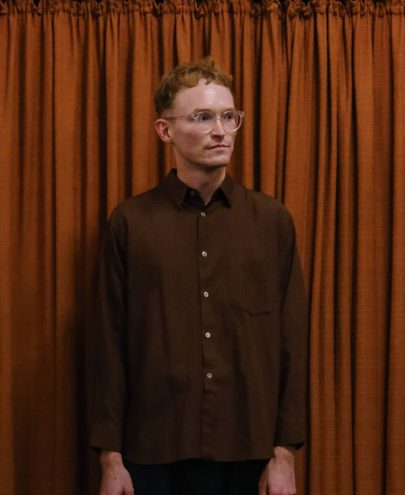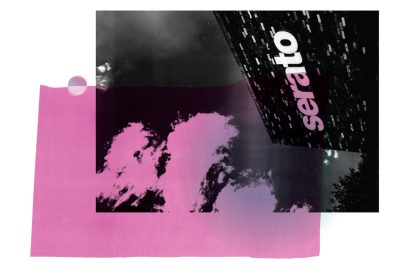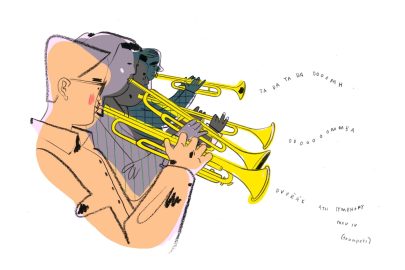Mar 20, 2015 Music
Concert Chamber, Town Hall
March 19
Yes. This is my idea of a concert. Musicians: expert, fearless, intelligent, alert to the score. Programme: two brief introductory pieces carefully chosen to illustrate and resonate with the major centerpiece work. Venue: well matched to the scale of the ensemble.
Not to harp on what will seem the least important of these three bits of praise, but dear lord, it is so rare and so welcome in this city to hear a major international string quartet play in the Town Hall’s concert chamber, rather than the main auditorium. Chamber music: concert chamber. Obvious, really. If you’ve ever sat to the rear of the Town Hall for a quartet concert, peering at the tiny figures on the stage and wishing you’d thought to bring binoculars, you’ll appreciate that the intimate scale of this music works best in an intimate venue.
Actually, the next chance to think such thoughts will be along in two weeks’ time, when the Brodsky Quartet heads back to Auckland for their CNZ subscription series concert, which, like most classical concerts, will be about two hours long, and will feature three big works by three major composers. I’ll go, because the Brodsky are too good to miss. (And I’m media, so I’ll probably get decent seats towards the front; when you read reviews of large venue events, take a moment to consider that the person writing them quite likely had better seats than you did, and is reporting on a quite different experience.) But last night I heard this same quartet play a sub-70 minute concert with only one well known work. A longer concert could not easily have delighted me as much.
Bartok’s fifth string quartet has five movements, not the more usual traditional four. The second and fourth of these are in his Night Music style – a distinctive though hard to define musical mode named for his solo piano piece “The Night’s Music”, where he first developed it. Expansive, dreamlike, tender, evocative, though just as prone to sudden harmonic clashes and moments of violence as the rest of Bartok: hear this style once and you’ll always recognise it. (My favourite example: the “adagio religioso” movement of the 3rd piano concerto.)
To say that the Brodskys made these movements the emotional heart of the concert is to risk implying that they gave the astonishing first and fifth movements less than a savagely full-bodied rendition, which would they certainly did not. But emotionally the night music movements are the heart of the work, and they brought that out: both in their playing, and by leading in to the Bartok with a lovely performance of the Mexican composer Mario Lavista’s Reflejos de la Noche, a short piece which uses only false harmonics, the eery, bell-like sounds string instruments can produce if one finger of the left hand is down hard on the string and another is only just touching it. (Hard to sustain for a whole piece; the Brodskys had no trouble.)
Before that, they played Metro Taxquena, a jazzy little piece by one of Lavista’s students, Javier Alvarez, the rhythms and mood of which were a perfect match for the Bartok’s jocular third movement. Both of these pieces were worth hearing anyway; neither of them, to my knowledge, has ever been performed in New Zealand before; and together they changed the experience of the Bartok for the better.
This is how classical programming should work. The reason it generally doesn’t is economic, and I’d guess the reason we were offered such a good quartet in such a small venue playing such a non-crowd-pulling selection (the concert chamber was maybe half full) is that the arts festival shared the costs with CNZ. This is exactly what a festival should be about: making great cultural events possible where they usually wouldn’t be. More like this, please.





